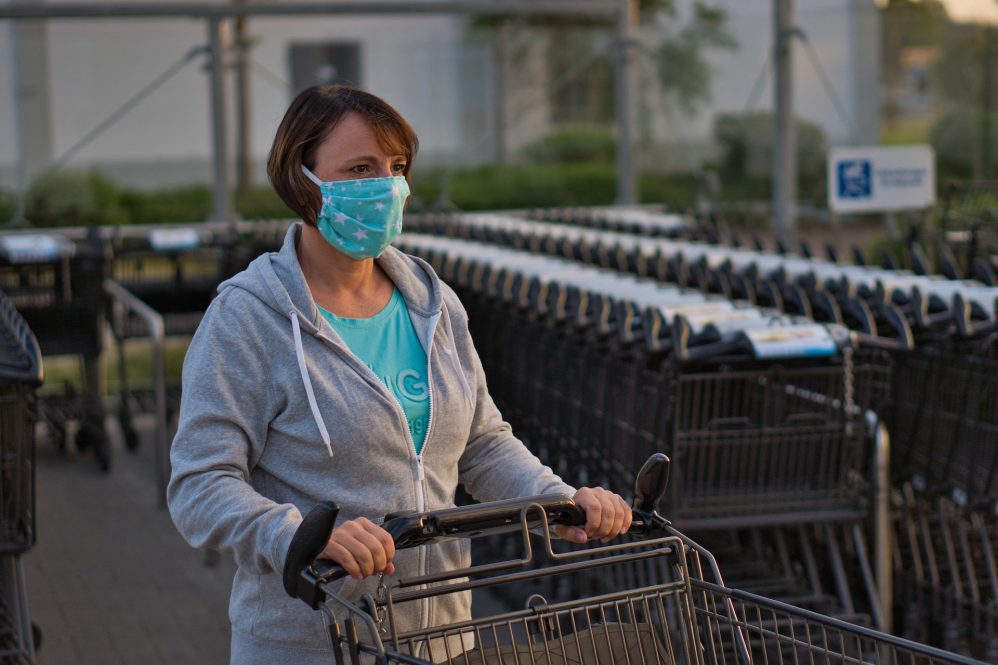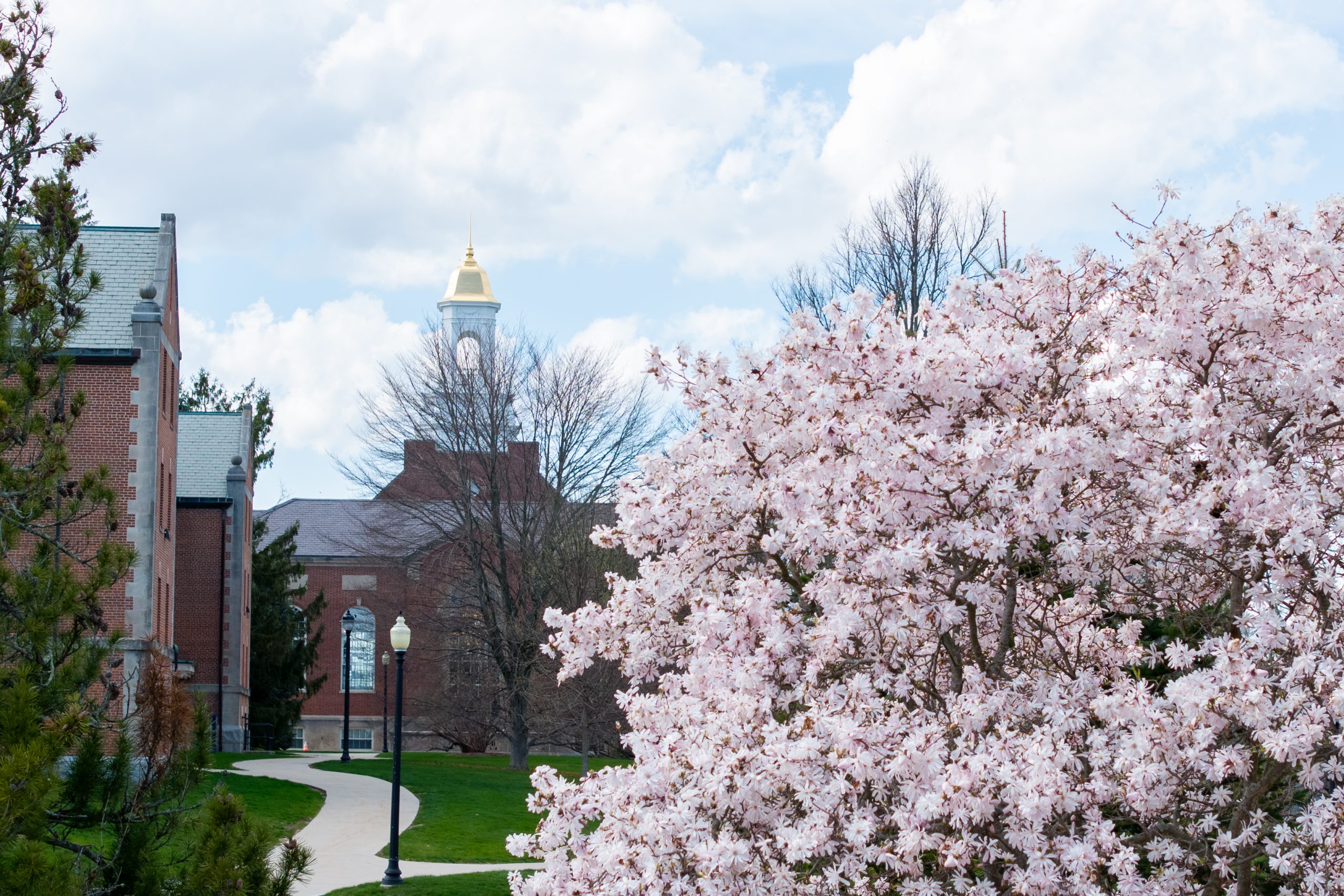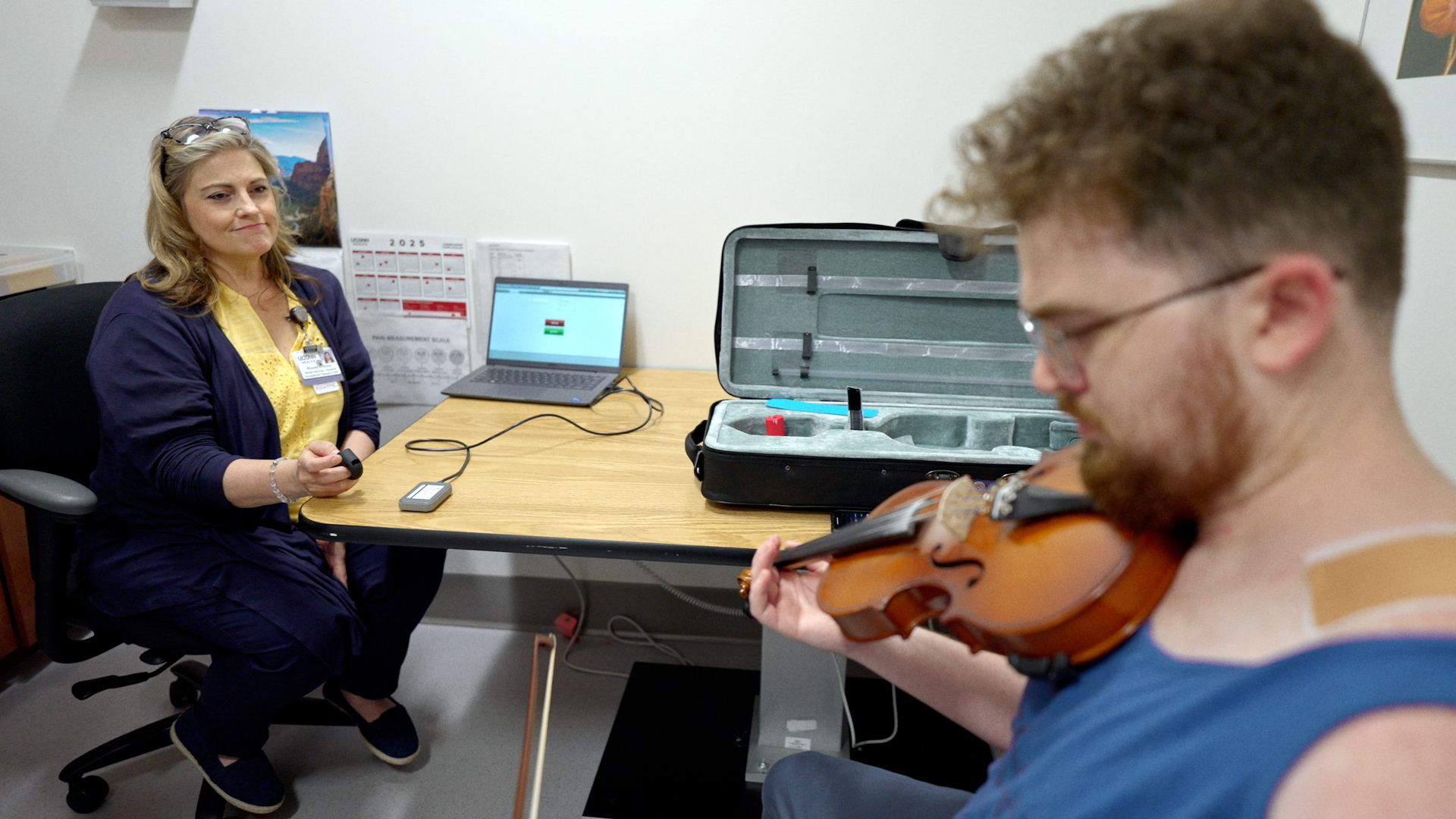The COVID-19 pandemic changed just about every aspect of normal life, including how we bought food.
While grocery stores remained open as an essential business and thrived financially throughout the pandemic, this prosperity did not translate to a consistent and sufficient food supply for many customers. Researchers have found that, on average, people went to the grocery store less frequently and spent more per trip during the pandemic.
Ran Xu, professor of allied health sciences in the College of Agriculture, Health, and Natural Resources, was interested in seeing if this trend applied to people who are food-insecure. COVID-19 exacerbated food insecurity for many. Pandemic-related job loss and other factors also led to an increase in overall rates of food insecurity.
“Because of how COVID-19 hit the economy, more people were suddenly food-insecure, and we needed more research on that,” Xu says.
Xu and collaborators recently published a paper in Public Health that evaluated how perceived risk aversion, resource scarcity, and the consumers’ food security status affected food procurement behaviors during this moment of national strife. They found that like food-secure individuals, food-insecure individuals made fewer grocery shopping trips due to concerns about contracting COVID-19. But, unlike food-secure individuals, they did not increase spending per trip.
“We think this is a serious issue that shows that COVID-19 impacts different populations differently,” Xu says. “The findings we have are worrisome.”
This study was funded through a grant awarded to UConn geography professor Peter Chen through the Institute for Collaboration on Health, Intervention, and Policy (InCHIP).
The researchers focused on food-insecure individuals who have considerable financial difficulty in procuring food.
They measured food insecurity according to two measures from the USDA’s longer food insecurity survey. They asked respondents if they worried their food supply would run out before they had money to buy more, and if the food they bought just didn’t last and they didn’t have money to get more.
Then, the researchers evaluated participants’ food shopping behaviors, such as types of stores they patronize, frequency of trips, and average food expense. They compared these measures with their shopping experience before the pandemic.
Their results showed that, of the 2,500 respondents from around the country, food-secure individuals tended to spend more per trip to stockpile food, reduce the potential for COVID-19 exposure, and prepare for food shortages. But food-insecure individuals could not prepare in the same way as they had much more constrained budgets and resources. Although food-insecure people made fewer grocery shopping trips due to concerns about contracting COVID-19, unlike food-secure people, they did not increase spending per trip.
The team conducted the study in May 2020, during the height of the pandemic in the U.S.
These findings show that the pandemic exacerbated the disparity between food-secure and insecure people.
Food insecurity has serious health consequences. Lack of access or lack of reliable access to nutritious foods contributes to a host of diseases including diabetes and cardiovascular disease.
“Food has everything to do with our health,” Xu says. “Food insecurity adds another layer to that.”
This information can help local governments and other programs better serve vulnerable groups during future public health crises.
The authors recommend policymakers should implement nutrition assistance programs that prioritize food-insecure populations in a more flexible and timely way.
Follow UConn CAHNR on social media.



